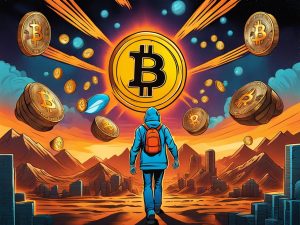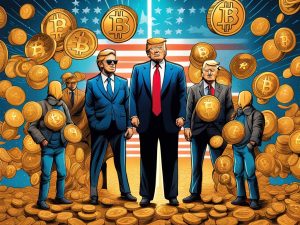Korean Bitcoin Markets Overheated
Market signals in the Far East are indicating an overheated market in South Korea, potentially signaling a local Bitcoin top. The Korean premium, also known as the Kimchi premium, occurs when Bitcoin’s price is higher on South Korean exchanges compared to US or European markets, creating arbitrage opportunities.
CryptoQuant, an on-chain analytics firm, reported that high Korean premium values could be a result of strong buying pressure from Korean retail investors. However, this index is also used to identify price tops because Koreans have immediate access to cash and experience high FOMO hype.
Traders have observed that the Kimchi premium has historically been associated with local tops in the past. Additionally, the current 14-day moving average for the Korean Premium Index is similar to what it was during the previous Bitcoin cycle peak in late 2021.
Crypto Market Outlook
Bitcoin has repeatedly tested resistance just above $44,000 this month but has failed to make further progress. This suggests that a correction may be imminent, which is supported by the overheated Korean Bitcoin market.
BTC is currently trading up 1.2% on the day but has remained within a tight range over the past week. The holiday week typically sees low volatility and minimal activity in crypto markets. Total capitalization is at a 2023 high of $1.75 trillion, with altcoins leading the markets.
Ethereum’s price remains lackluster at $2,273, while Solana continues to perform well with a 7.7% gain on the day, reaching $125 during late trading on December 25.
Hot Take: Is a Local Bitcoin Top Imminent?
The overheated Korean Bitcoin market and the historical association of the Kimchi premium with local tops raise concerns about a potential Bitcoin top in South Korea. With high FOMO hype and immediate access to cash, Korean retail investors may be driving the market to unsustainable levels. It remains to be seen whether the Korean Premium Index will provide important clues to price tops this time as it has in the past. Traders should closely monitor the situation and consider potential corrections or market shifts.





 By
By
 By
By
 By
By

 By
By